
Orson Welles —“the first” according to Deleuze’s typically unsubstantiated history, who “makes the image go over to the power of the false” —such as Bannister, Quinlan, Arkadin, and Iago really the first higher men in cinema history. In the cinema of the 1960s, Deleuze identifies another change that is an instance of powers of the false, which includes the “cinema of the lived” of Pierre Perrault and the “cinéma vérité” of Jean Rouch.

What, for Nietzsche, is “the highest power of falsehood,” and is fundamentally opposed to the ascetic ideal is art, “in which precisely the lie is sanctified and the will to deception has a good conscience.” “For the world to be true, or to be subject to a truthful description,” writes Rodowick, “it would have to be static and unchanging.” Deleuze develops Nietzsche’s artistic and creative powers of the false in his second cinema book. He identifies it with post-war, modernist cinema, in which “the forger becomes the character of the cinema: not the criminal, the cowboy, the psycho-social man, the historical hero, the holder of power, etc.”

In The Big Parade, the American Jim is stationed in a French village where he meets Melisande, a typically “foreign” character who gets away with behavior that no American woman on screen would be allowed in Hollywood at the period. He says: “Gee . . . aimy . . . vowse . . . boo . . . coop”; she answers: “I . . .am. . . verree . . . happee.” They fall in love using a phrase book. The impossible, broken communication somehow makes sense in this world of the war machine.
Many of the films made during or after the war, which were retrospectively dubbed as “film noir” offer voiceovers by loquacious corpses or dying narrators. They literally give us the testimony of the dead.
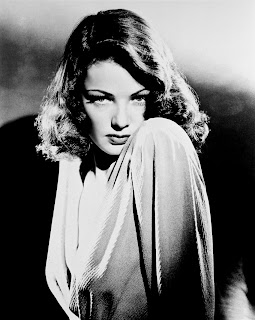
Laura (Otto Preminger, 1944) is memorable for its opening sentence, “I shall never forget the weekend Laura died,” a sentence, which as Jacques Rancière notes, “turns out to be spoken by a dead man about a living being.” Wilder’s Double Indemnity (1944) is told in flashback, narrated into a Dictaphone by its dying protagonist, Walter Neff.

Most of The Postman Always Rings Twice (Tay Garnett, 1946) is narrated in voiceover by Frank Chambers, as a last confession before he is executed. And D.O.A. (Rudolph Maté, 1950) follows Frank Bigelow, who has already been murdered, and who is now trying to discover by whom and why.

Wilder’s 1951 Ace in the Hole. The film is the story of Chuck Tatum, a tough cynical journalist who got in trouble in every big newspaper in the country and now finds himself stuck in Albuquerque, New Mexico working for a local paper and waiting for the big story that would get him back to New York City. He discovers Leo Minosa, a World War II veteran, who is caved in inside a holy Indian mountain he was raiding. Tatum makes sure the rescue is unnecessarily prolonged so that it takes a week instead of 12 hours. Leo ends up dying of pneumonia before he could be taken out, and Tatum is stabbed in the belly by Leo’s unloving wife after he attempts to strangle her. He bleeds without seeking medical care and dies.

In a similar way, Sunset Blvd. (1950) famously includes a voiceover flashback by the corpse of a writer, truly the impossible testimony of the dead. It refers to the limitations of the medium in what is perhaps its most memorable line —Norma Desmond’s “I am big, it’s the pictures that got small” —a perhaps overdramatic way of saying that some things can no longer be contained by the Hollywood system. Or, rather, that a screenwriter/gigolo who did try to get too close to the “big” Norma ended up as dead as her career and sanity.

In The Three Faces of Eve (Nunnally Johnson, 1957), for example, the patient recalls her childhood trauma—her mother forced her to kiss her dead grandmother—and is miraculously cured of her multiple personality. Killers, or potential killers, can also be cured by recalling their childhood trauma.
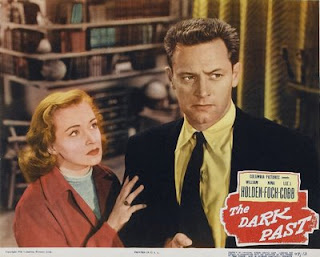
An escaped convict happens to undergo psychoanalysis in The Dark Past (Rudolph Maté, 1948) and is no longer able to kill.

In High Sierra, the family includes no child, merely a dog who is said to bring bad luck—which indeed it does—and a young woman, Marie, who is in love with Roy Earle, the soon-to-be-dead gangster. Perched in the Sierras, he refuses to hand himself in to the police.
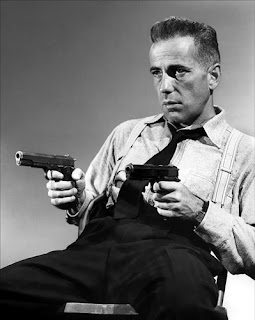
He leaves them a note in his pocket clarifying that Marie was never involved in any holdup or shooting when he suddenly hears the dog, gets up exposing himself, and starts calling Marie. He is immediately shot down.

Marie, who up to this point was extremely intelligent and had no difficulties understanding the gangster argot Roy used, asks the reporter “mister, what does it mean when a man ‘crashes out?’ ” He tells her it means he is free. She takes the dog, smiles, and walks toward the camera ecstatically reiterating the word “free.” Unless her linguistic abilities have taken a drastic fall due to the altitude, we might suspect that she is manipulating the reporter to construct Roy’s death not as a failure but as an act of liberty.
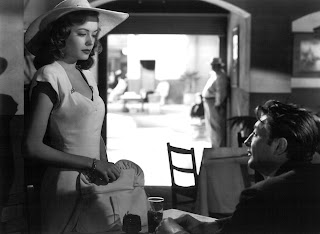
In Out of the Past (Jacques Tourneur, 1947), the wrongly accused protagonist, Jeff, realizes he stands no chance of clearing his name once almost everyone is dead and chooses to die with the femme fatale, the last person remaining alive in the gang that framed him;

For example, the death of Eddie Harwood, the (possible) death of his associate Leo, and the death one of their henchmen, in The Blue Dahlia (George Marshall, 1946), are all perhaps meaningful, insofar as all three are guilty, indecent, and maybe immutable criminals, who are killable by Hollywood standards. Yet their deaths take place in a plot that follows the murder of a woman they in fact are not guilty of;

Humphrey Bogart, who in the 1930s was the irremediably evil rival gangster in both Angels with Dirty Faces and Dead End and had to be killed in these cases as well. His is a death that is clearly meaningful in relation to the past. When “Baby Face” Martin returns back to the old neighborhood no one, including his mother who tells him to stay away and die, wants him there, and he ends up being shot dead by Dave after refusing to leave and planning to kidnap a rich child.

Humphrey Bogart kissing Lauren Bacall in "Dark Passage" (1947)
in Dark Passage (Delmer Daves, 1947), after the real murderer commits suicide, the protagonist Vincent has no way of proving his innocence. Having undergone plastic surgery to alter his face, he assumes a false identity and leaves the country, with hardly anyone knowing that he is not guilty of the murders with which he has been wrongly accused. -"Death in Classical Hollywood Cinema" by Boaz Hagin (2010)

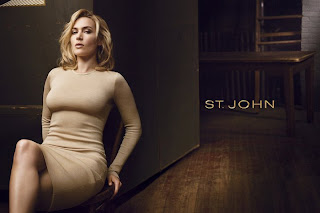


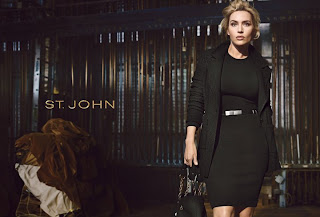

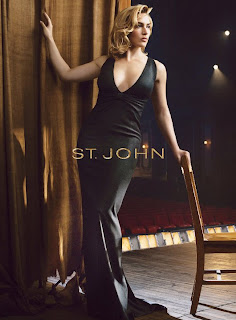
 St. John celebrates Kate Winslet as a remarkably accomplished woman. We admire her for the type of women she is and for those she has portrayed on both stage and screen in her substantive body of work.
St. John celebrates Kate Winslet as a remarkably accomplished woman. We admire her for the type of women she is and for those she has portrayed on both stage and screen in her substantive body of work.






















































